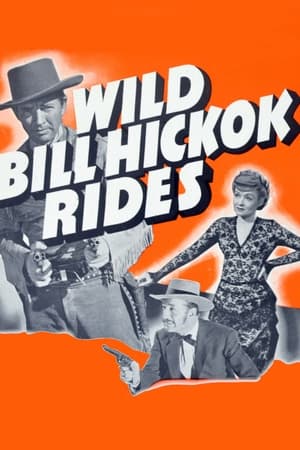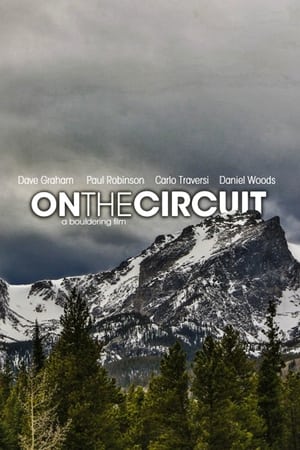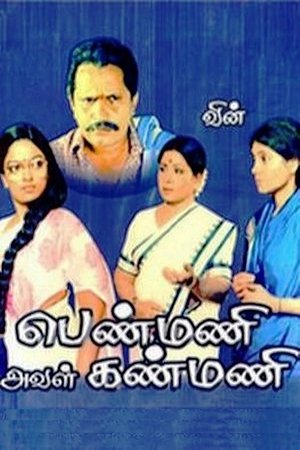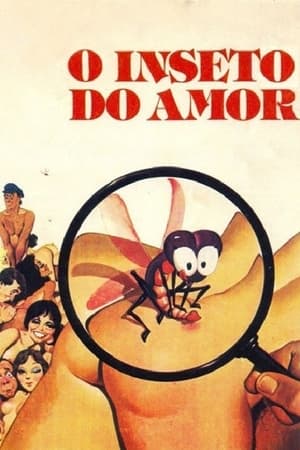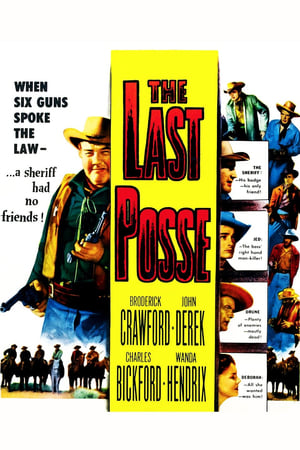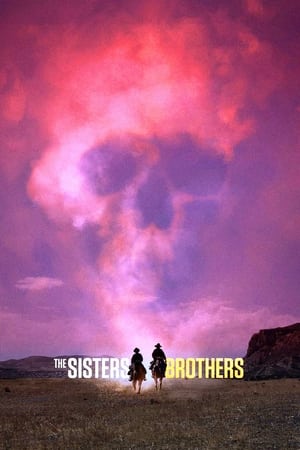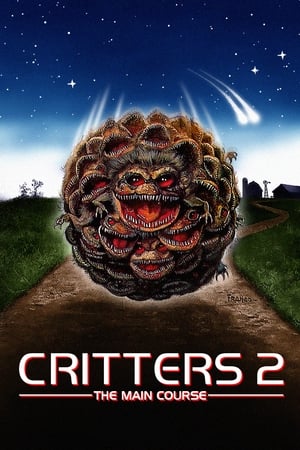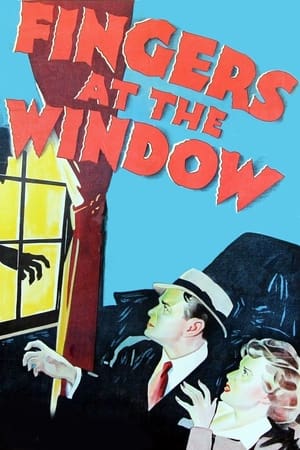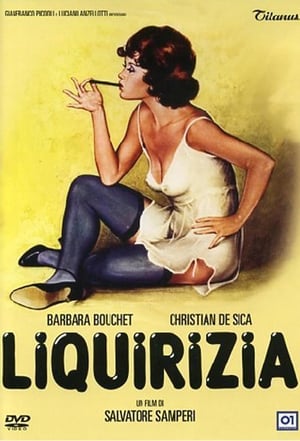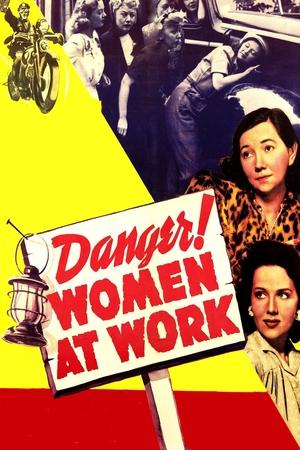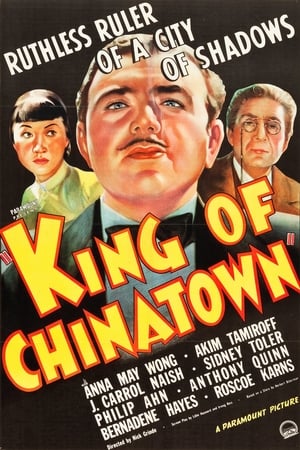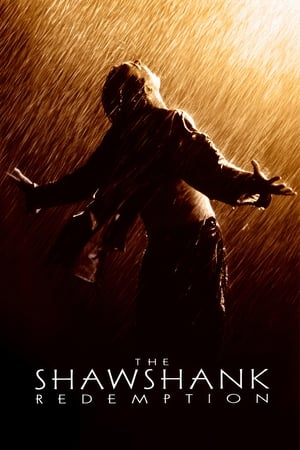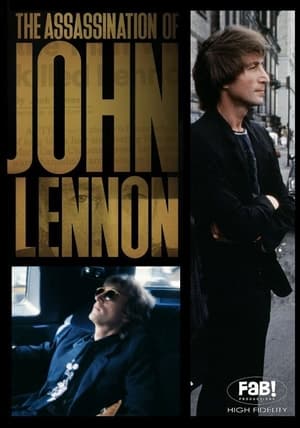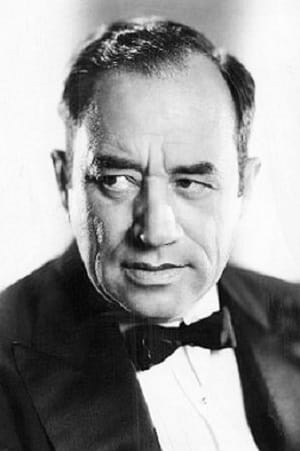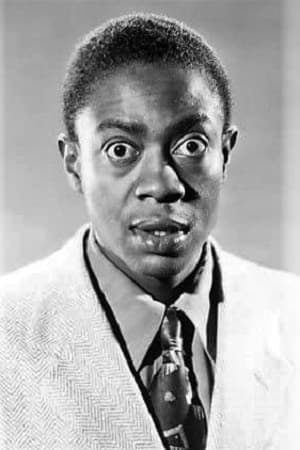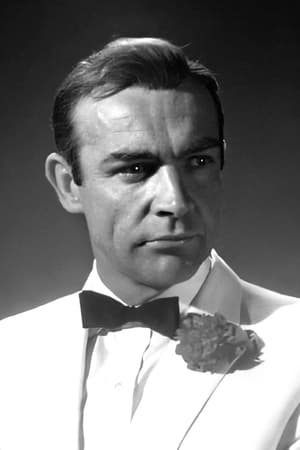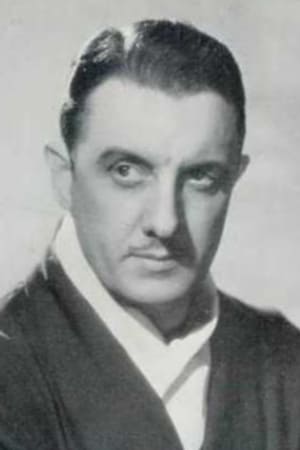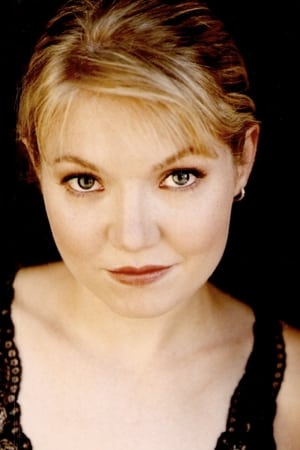Trending
Popular people
Noémie Lenoir
Biography
Noémie Lenoir (born 19 September 1979) is a French model and actress. She is known for her work with Gucci, L'Oréal, Next, Gap, Tommy Hilfiger, Victoria's Secret, Balmain Paris Hair Couture and Marks and Spencer.
Lenoir was born in Les Ulis, Essonne, France. Her mother is a cleaning lady and comes from the French island of Réunion in the Indian Ocean, while her father is from mainland France and an electrician. When she was 17, Lenoir was spotted by the Ford modelling agency and began modelling in New York.
Growing up in a banlieue district near Paris, which she describes as a "ghetto", Lenoir was first spotted at the age of 17 in 1997 when she was approached by a Ford booker in a post office. She signed with L'Oréal in 1997, and has since appeared in their advertisements alongside Laetitia Casta and long-term model and actress Andie MacDowell. She has also worked for Victoria's Secret, Gap, Next, and many others.
Lenoir was the face of UK high-street retailer Marks & Spencer, for four years until Christmas 2009 and was seen in various British TV adverts, magazines and billboards alongside fellow models Erin O'Connor, Twiggy and Laura Bailey. Lenoir returned to Marks & Spencer advertising in 2012 where she is seen "enjoying a selection of quintessentially British pastimes".
In 2007, Lenoir featured in the hit film Rush Hour 3 alongside actors Jackie Chan and Chris Tucker. In 2009, Lenoir featured in the music video for Usher's single "Hey Daddy (Daddy's Home)".
She is represented by Models 1.
After a relationship with rapper Stomy Bugsy, she lived with international football player Claude Makélélé. They have a son. The couple split in early 2009. Lenoir gave birth to a daughter in August 2015.
On 9 May 2010, Lenoir was found unconscious, after a suspected suicide attempt in a park near her Paris home, by a man walking his dog. She was taken to hospital where large quantities of drugs and alcohol were found in her system. She spoke about the suicide attempt in a February 2011 interview with Britain's Guardian Weekend magazine, admitting she had done "something really, really stupid". Some have referred to the incident as a case in a "series of suicidal tragedies" ongoing in the fashion industry at the time, along with the suicides of Ambrose Olsen, Daul Kim, Tom Nicon, Hayley Kohle, and Ruslana Korshunova.
She hosted a show on Trace TV for two years. She appears in all three Marks and Spencer Christmas TV adverts for 2009, broadcast in both Ireland and the United Kingdom.
Source: Article "Noémie Lenoir" from Wikipedia in English, licensed under CC-BY-SA 3.0.
Read more
Stanley Fields
Biography
Stanley Fields (born Walter L. Agnew; May 20, 1883 – April 23, 1941) was an American actor.
On Broadway, Fields performed in Fifty Miles from Boston (1908) and The Red Widow (1911). After that, for eight years, Fields performed in vaudeville with Frank Fay. Thanks to Norma Talmadge, who thought his broken nose gave him a ferocious appearance, he started on a film career with a screen debut as a gunman in her talkie New York Nights. In 1930, he signed a long-term contract with Paramount Pictures.
He died on April 23, 1941. He died of a heart attack.
Description above from the Wikipedia article Stanley Fields (actor), licensed under CC-BY-SA, full list of contributors on Wikipedia.
Read more
Willie Best
Biography
William “Willie” Best (May 27, 1916 - February 27, 1962), sometimes known as “Sleep n' Eat,” was an American television and film actor. Best was one of the first African-American film actors and comedians to become well known. In the 21st century, his work, like that of Stepin Fetchit, is sometimes reviled because he was often called upon to play stereotypically lazy, illiterate, and/or simple-minded characters in films. Of the 124 films he appeared in, he received screen credit in at least 77, an unusual feat for an African-American bit player. Willie Best appeared in more than one hundred films of the 1930s and 1940s. Although several sources state that for years he was billed only as “Sleep n' Eat,” Best received credit under this moniker instead of his real name in only six movies: his first film as a bit player (Harold Lloyd's Feet First) and in Up Pops the Devil (1931), The Monster Walks (1932), Kentucky Kernels and West of the Pecos (both 1934), and Murder on a Honeymoon (1935). Best was first loved as a great clown, then later in the 20th century reviled and pitied, before being forgotten in the history of film. Hal Roach called him one of the greatest talents he had ever met. Comedian Bob Hope similarly acclaimed him as “the best actor I know,” while the two were working together in 1940 on The Ghost Breakers. As a supporting actor, Best, like many black actors of his era, was regularly cast in domestic worker or service-oriented roles (though a few times he played the role echoing his previous occupation as a private chauffeur). He was often seen making a brief comic turn as a hotel, airline or train porter, as well as an elevator operator, custodian, butler, valet, waiter, deliveryman, and at least once as a launch pilot (in the 1939 movie Mr. Moto in Danger Island). Willie Best received screen credit most of the time, which was unusual for “bit players,” most in the 1930s and '40s were not accorded due credit. This also happened to white actors in small roles, but black actors were not credited even when their roles were larger. In more than 80 of his movies, he was given a proper character name (as opposed to simple descriptions such as “room service waiter” or “shoe-shine boy”), beginning with his second film. Best played “Chattanooga Brown” in two Charlie Chan films —The Red Dragon in 1945 and Dangerous Money in 1946. He also played the character of “Hipp” in three of RKO’s six Scattergood Baines films with Guy Kibbee: Scattergood Baines (1941), Scattergood Survives a Murder (1942), and Cinderella Swings It in 1943. (Actor Paul White, who played a young version of Best’s “Hipp” in the first film, went on to play “Hipp” in the next three films. Best returned to the role in the last two.) After a drug arrest ended his film career, he worked in television for a while and became known to early TV audiences as “Charlie the Elevator Operator” on CBS's My Little Margie, from 1953 to 1955. He also played Willie, the house servant, handyman and close friend of the title character of ABC’s The Trouble with Father, for its entire run from 1950 to 1955.
Read more
Lisa London
Biography
Lisa London is an accomplished actress & singer who hails from Palm Springs CA USA. Lisa has basked in the limelight since a teen. In high school she was a Bob Hope Classic Girl and had her own weekly column in the Desert Sun newspaper and interviewed local and international entertainment & sports celebrities for CBS radio. Lisa has starred in many films & TV roles and produced critically acclaimed theater productions she also acted in. Lisa London is Best Actress Nominee Short Film (Finding Momma) New York City International Film Festival 2016
Read more
Sean Connery
Biography
Sir Thomas Sean Connery (August 25, 1930 – October 31, 2020) was a Scottish actor and producer who won an Academy Award, two BAFTA Awards (one being a BAFTA Academy Fellowship Award), and three Golden Globes, including the Cecil B. DeMille Award and a Henrietta Award.
Connery was the first actor to portray the character James Bond in film, starring in seven Bond films (every film from Dr. No to You Only Live Twice, plus Diamonds Are Forever and Never Say Never Again), between 1962 and 1983. In 1988, Connery won the Academy Award for Best Supporting Actor for his role in The Untouchables. His films also include Marnie (1964), Murder on the Orient Express (1974), The Man Who Would Be King (1975), A Bridge Too Far (1977), Highlander (1986), Indiana Jones and the Last Crusade (1989), The Hunt for Red October (1990), Dragonheart (1996), The Rock (1996), and Finding Forrester (2000).
Connery was polled in a 2004 The Sunday Herald as "The Greatest Living Scot" and in a 2011 EuroMillions survey as "Scotland's Greatest Living National Treasure". He was voted by People magazine as both the “Sexiest Man Alive" in 1989 and the "Sexiest Man of the Century” in 1999. He received a lifetime achievement award in the United States with a Kennedy Center Honor in 1999. Connery was knighted in the 2000 New Year Honours for services to film drama.
On 31 October 2020, it was announced that Connery had died at the age of 90.
Description above from the Wikipedia article Sean Connery, licensed under CC-BY-SA, full list of contributors on Wikipedia
Read more
Isabelle Gélinas
Biography
Isabelle Gélinas (born October 13, 1963) is a French-Canadian actress.
Isabelle Gélinas was born in Montreal, Quebec. She began her training course at the Cours Florent before joining the CNSAD where she took classes with teachers such as Pierre Vial, Daniel Mesguich and especially Michel Bouquet. Her beginnings in the occupation were not without difficulties, and she was often qualified as "too young", "too mature" and even "not modern enough". She had a hard time finding her place in the acting field. She began her career (1982–86) in the theater, playing in several dramas of Molière with Jean Davy as the director.
In 1986, her participation in the short film Triple sec with Suzanne Flon and André Dussollier gave her the opportunity to begin a film career. She had a real change in 1988 when she was featured in the comedy film Suivez cet avion (1989) with Lambert Wilson and in the drama film Chouans! (2009) with Philippe Noiret. She also began at the same time a television career featuring in several films mostly directed by Caroline Huppert. She then played in the drama films Mado poste restante (1989), Louis, the Child King (1992), Drôles d'oiseaux (1993), and in the comedy films À l'heure où les grands fauves vont boire (1993) and Regarde-moi quand je te quitte (1993). At the second part of the decade, she featured in two successful films playing supporting roles: Didier (1997) with Jean-Pierre Bacri and Alain Chabat, and Paparazzi (1998) with Vincent Lindon and Patrick Timsit. She played in television films of different fields such as Moi, Général de Gaulle (1990), J'ai deux amours (1996) and Chaos technique (1997).
The following decade, she played in a few comedy films such as Les gens en maillot de bain ne sont pas (forcément) superficiels (2001), Ne quittez pas (2003), Cherche fiancé tous frais payés (2005) and Ça se soigne? (2008). She has focused her career on television and theater, including many television fictions like Le Piège du Père Noël (2005), the trilogy of Inséparables (2005–06) with Michel Boujenah, but also Frappes interdites (2005) and Passés troubles (2006). She plays since 2007 one of the main roles in the comedy series Fais pas ci, fais pas ça.
Source: Article "Isabelle Gélinas" from Wikipedia in English, licensed under CC-BY-SA 3.0.
Read more
Conrad Veidt
Biography
Hans Walter Conrad Veidt (22 January 1893 – 3 April 1943) was a German actor best remembered for his roles in films such as Different from the Others (1919), The Cabinet of Dr. Caligari (1920), and The Man Who Laughs (1928). After a successful career in German silent film, where he was one of the best-paid stars of Ufa, he was forced to leave Germany in 1933 with his new Jewish wife after the Nazis came to power. They settled in Britain, where he participated in a number of films, including The Thief of Bagdad (1940), before emigrating to the United States around 1941, which lead to him having a supporting role in Casablanca (1942).
From 1916 until his death, Veidt appeared in more than 100 films. One of his earliest performances was as the murderous somnambulist Cesare in director Robert Wiene's The Cabinet of Dr. Caligari (1920), a classic of German Expressionist cinema, with Werner Krauss and Lil Dagover. His starring role in The Man Who Laughs (1928), as a disfigured circus performer whose face is cut into a permanent grin, provided the (visual) inspiration for the Batman villain the Joker, created in 1940 by Bill Finger. Veidt also starred in other silent horror films such as The Hands of Orlac (1924), another film directed by Robert Wiene, The Student of Prague (1926) and Waxworks (1924) where he played Ivan the Terrible.
Veidt also appeared in Magnus Hirschfeld's film Anders als die Andern (Different from the Others, 1919), one of the first films to sympathetically portray homosexuality, although the characters in it do not end up happily. He had a leading role in Germany's first talking picture, Das Land ohne Frauen (Land Without Women, 1929).
He moved to Hollywood in the late 1920s and made a few films, but the advent of talking pictures and his difficulty with speaking English led him to return to Germany. During this period he lent his expertise to tutoring aspiring performers, one of whom was the later American character actress Lisa Golm.
Read more
Henry Victor
Biography
From Wikipedia, the free encyclopedia.
Henry Victor (2 October 1892 – 15 March 1945) was an English-born character actor. Raised in Germany, Victor is probably best remembered for his portrayal of the strongman Hercules in Tod Browning's 1932 film Freaks. He originally was a leading figure in UK silent films. Later in his career, he mostly portrayed villains or Nazis in both American and British films with his trademark German accent. He died at 52 of a brain tumor. He is buried in Chatsworth, California's at the Oakwood Memorial Park Cemetery.
Description above from the Wikipedia article Henry Victor, licensed under CC-BY-SA, full list of contributors on Wikipedia.
Read more
Lindsay Parker
Biography
From Wikipedia, the free encyclopedia
Lindsay Parker (born March 30, 1980) is an American former actress. Parker started her career as Little Girl on an episode of MacGyver. She appeared in the film Shocker three years later, and played Kirstie Alley's daughter Melissa in the 1987 film Infidelity. She provided the voice of Corey in Cartoon All-Stars to the Rescue and also played Carrie in the 1987 film Flowers in the Attic. She remained active in acting up until 2007. In April 2014, Parker published her first children's book, Fiona Von Finnigan - Fairy Tale Fixer, written and illustrated entirely by her. Her father is Andy Parker, the drummer of the English heavy rock band, UFO.
Read more
Enrique Zambrano
Biography
If we think of a biopic about calm and smiling actor Enrique Zambrano, several moments occurred: from when he saw the light for the first time in the twenties, until when he died in the sixties. He was born with a character that later became the beautiful serenity that made him. He died leaving an orphan-hood and widowhood to a family to which he gave a promising future. We can refer to his life story as that of a tree.
It could open on July 5, 1920 in Monterrey, Nuevo León, Mexico, where a family receives their newborn child with brown eyes, black hair and cupid-shaped lips saw the light for the first time. The parents of the Zambrano-Echeverría family named their baby Enrique Jesús, which meant, if we merged these names, "The Lord of the house and of salvation." With the passage of time, the little lord of the house, as we have said previously, became a handsome gentleman. But he got his artistic opportunity at the age of 23 in the cinema, something that would change his life forever and that led him to be part of the wonderful world of popular culture in the rest of it.
The year was 1943. A very young Enrique Zambrano, set foot on the art world with the right foot, when he filmed his first film, María Candelaria, later released in 1944. And the rest is history. His most famous film was the 1950s disaster horror classic The Black Scorpion (1957), in which he played Cayetano, a linesman killed by a truck.
Enrique's life was a life between artistic works and family life. Until his death, he was married to Mrs. Patricia Alpizar. As a result of this marriage, Enrique and Patricia founded a family. They became the proud and loving parents of four children: Patricia, Eugenia, Joaquín and Enrique Zambrano Alpizar.
It was In the sixties, he ventured, in addition to being an actor and father, as a writer, producer and director. He was the creator of the Villalobos series, with two films: The Justice of the Villalobos (1961) and Here Come the Villalobos (1962). In this decade he also ventured into dubbing, as an actor, translator, adapter, and singer. Yes. He was the performer of many songs in his dubbing. But it was directing, translating and adapting where he dedicated himself the most.
Of all the dubbing jobs he did, the one that made history for younger and older audiences, was directing the first two seasons of Gene Roddenberry's "Star Trek". In this 1960s television classic, Enrique also did secondary and incidental voices. The rest for him was pure direction.
Between jobs and dubbing, Enrique's life continued normally, until in 1968, he was surprised by a worrying health problem: they found stones in his liver. So, he had to undergo surgery in a hospital in Mexico City, to prevent the pathology from advancing and consuming his body. According to testimonies by co-workers, Enrique was given a lot of anesthesia for his low-risk surgery.
But unfortunately, the operation failed: Enrique ended up dying on November 22, 1968, at the age of 48, a victim of cardio respiratory arrest, due to medical negligence.
Read more

